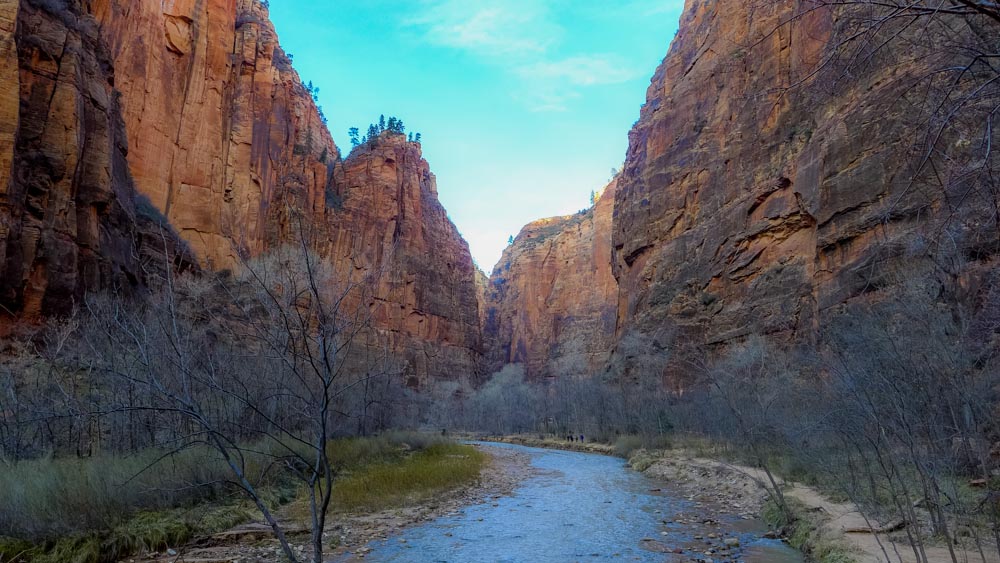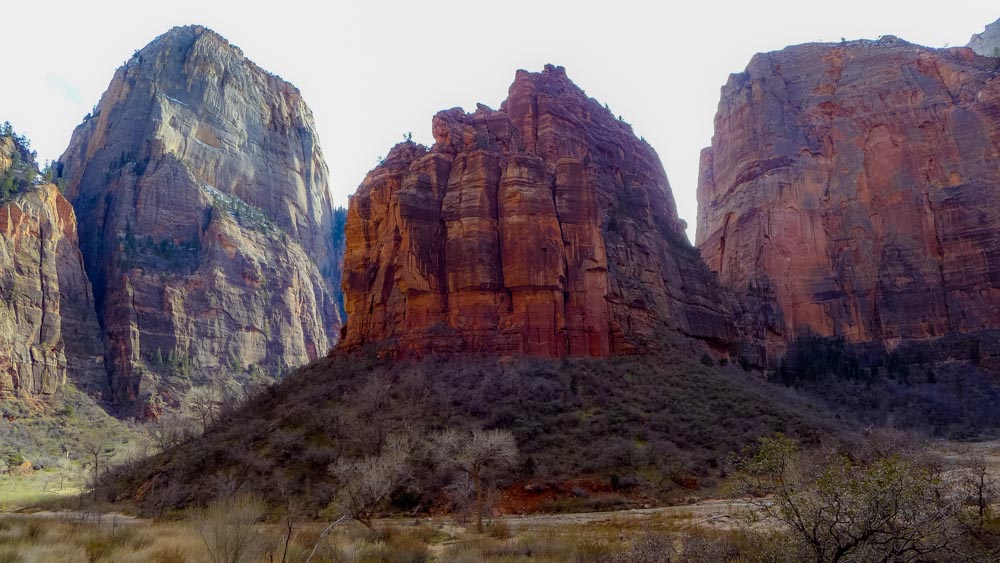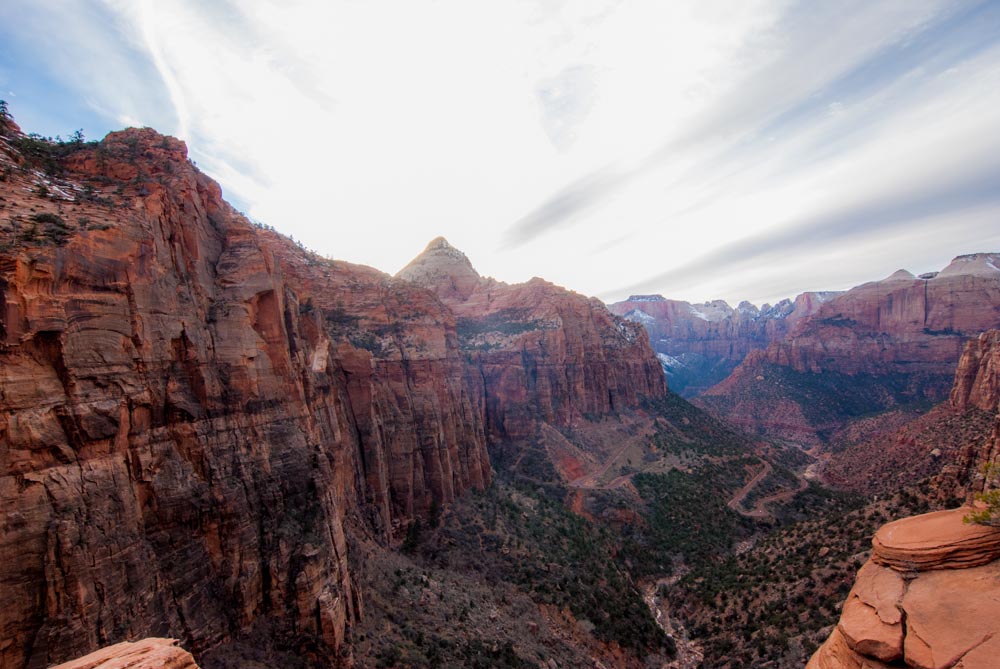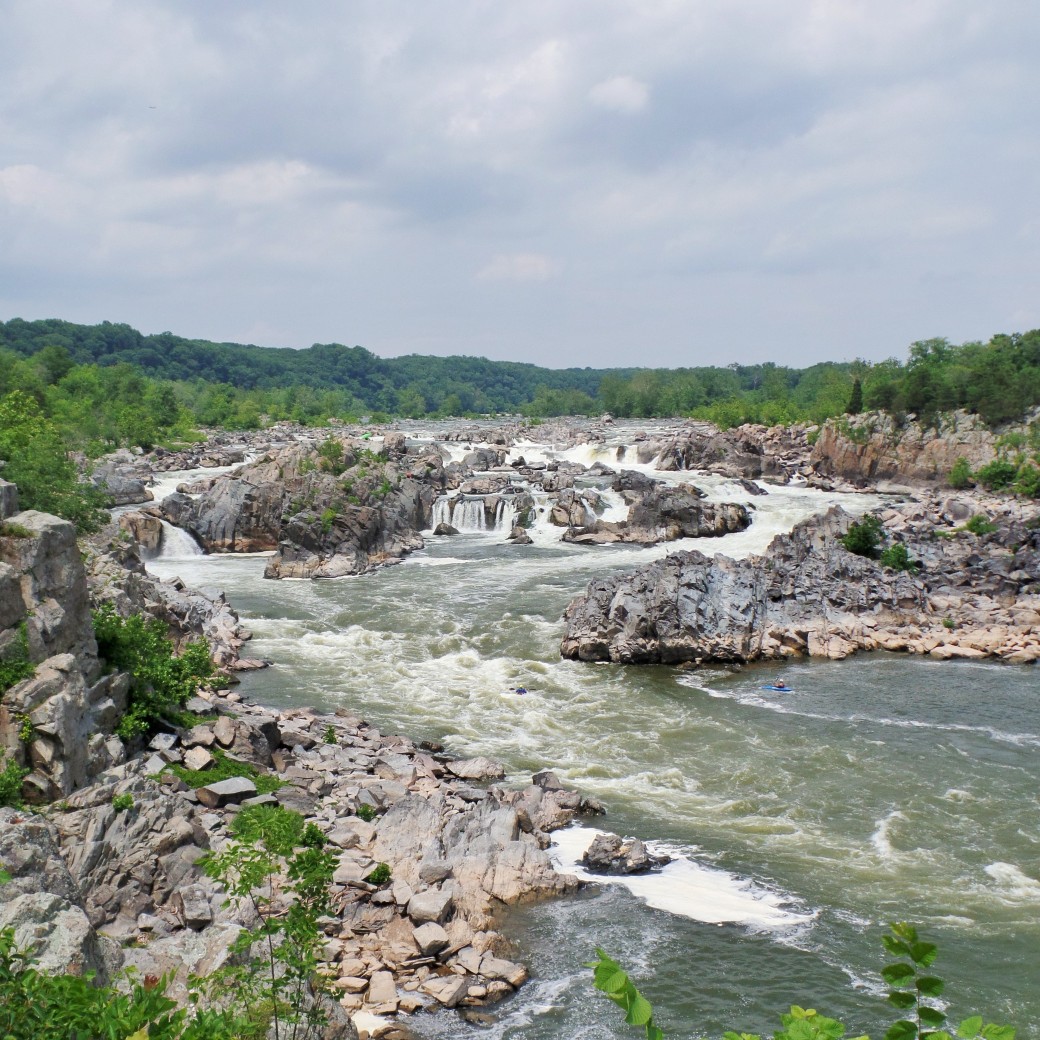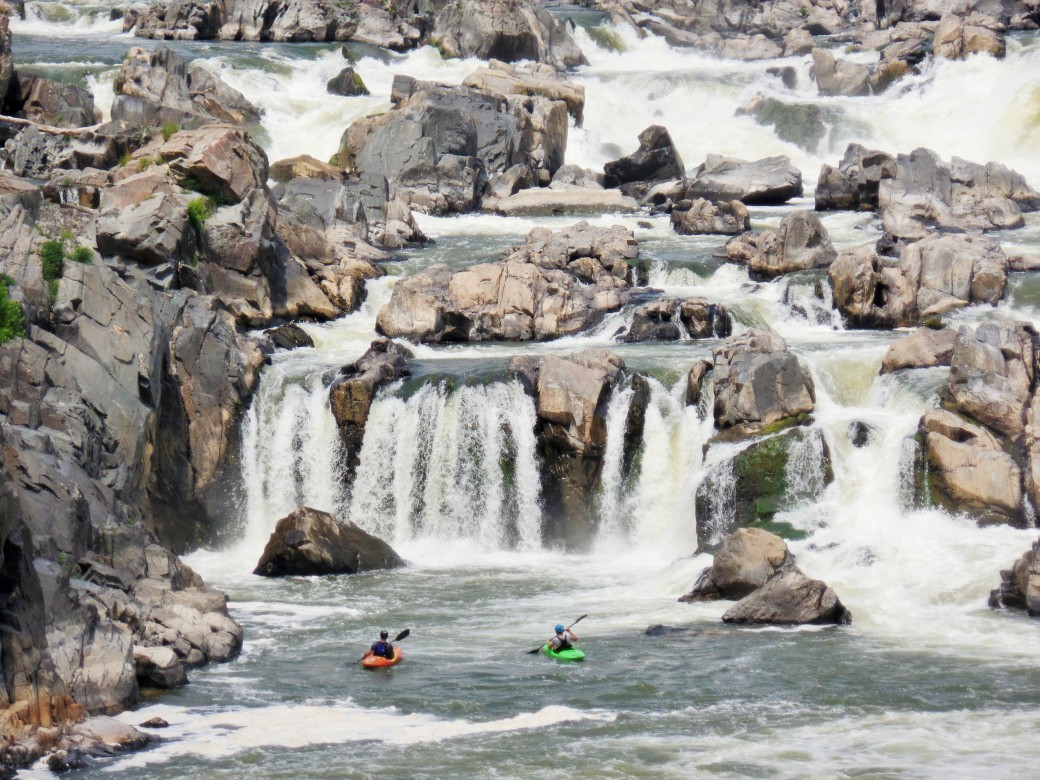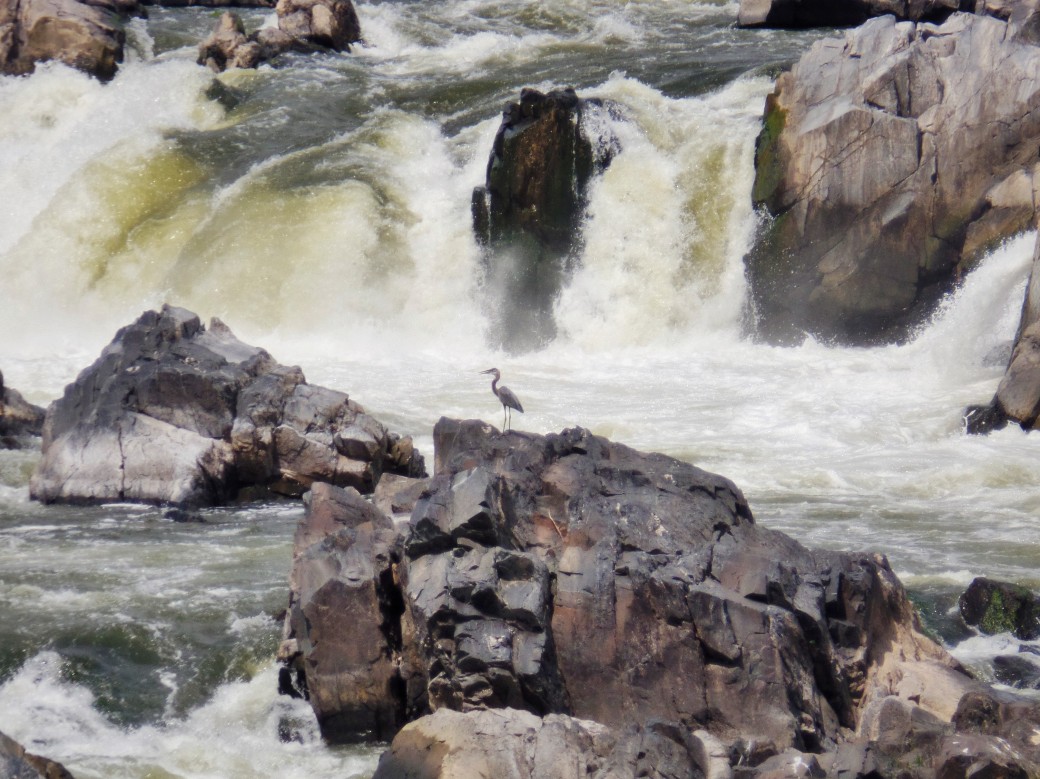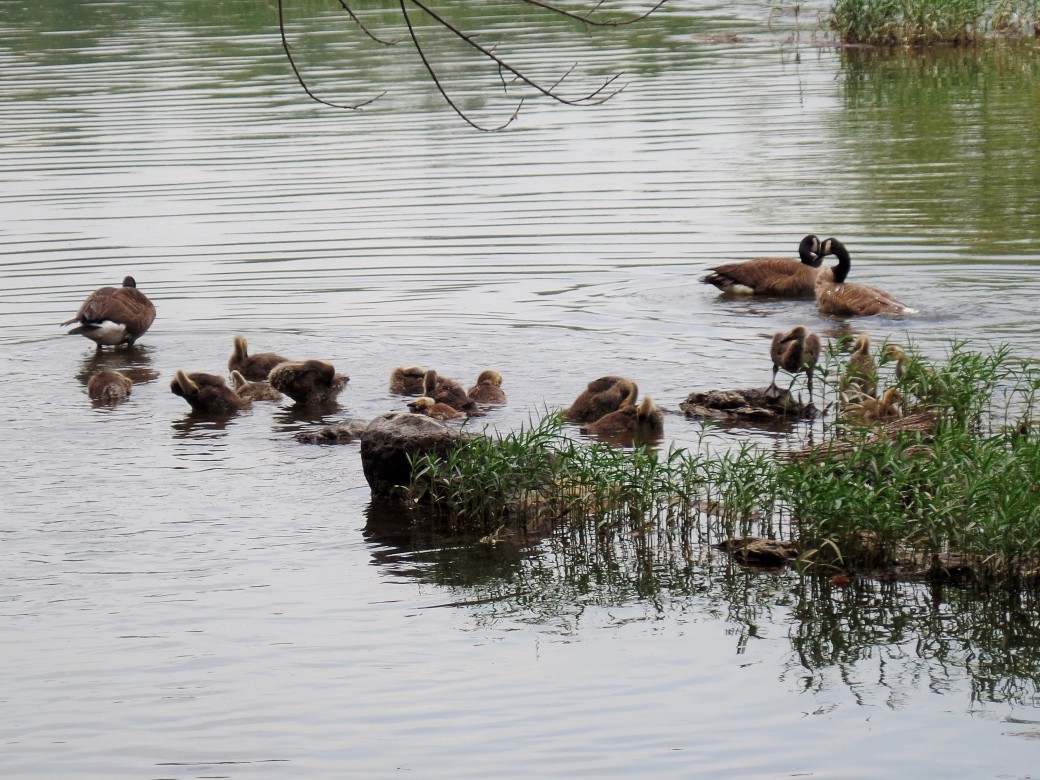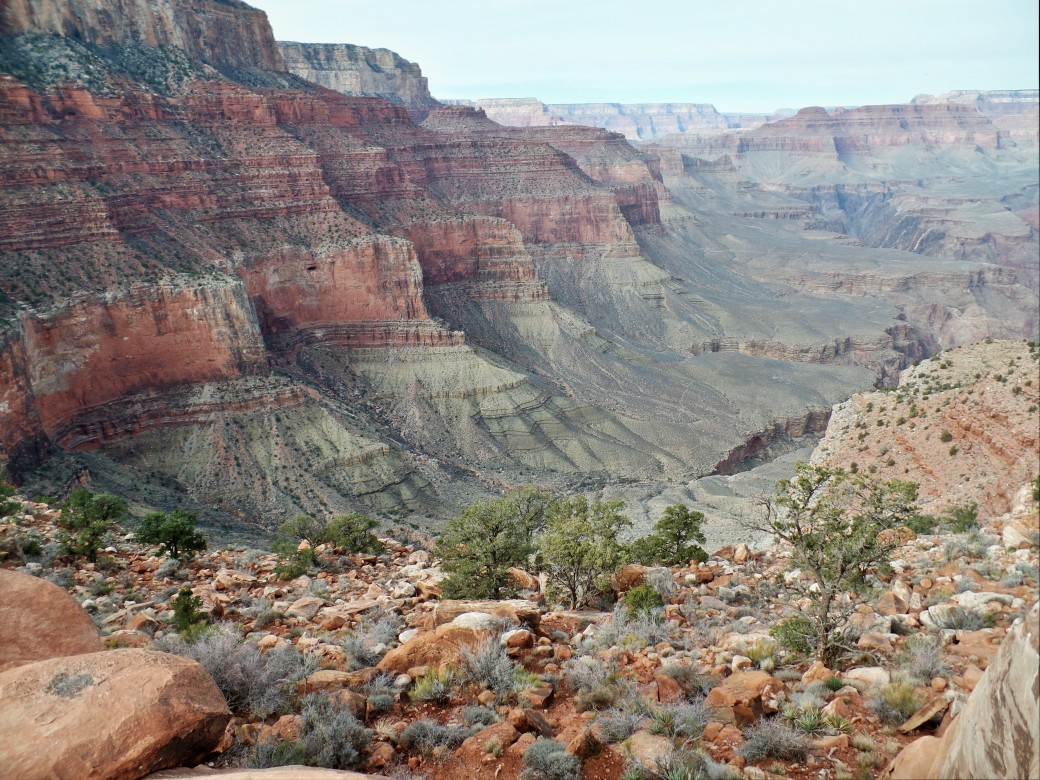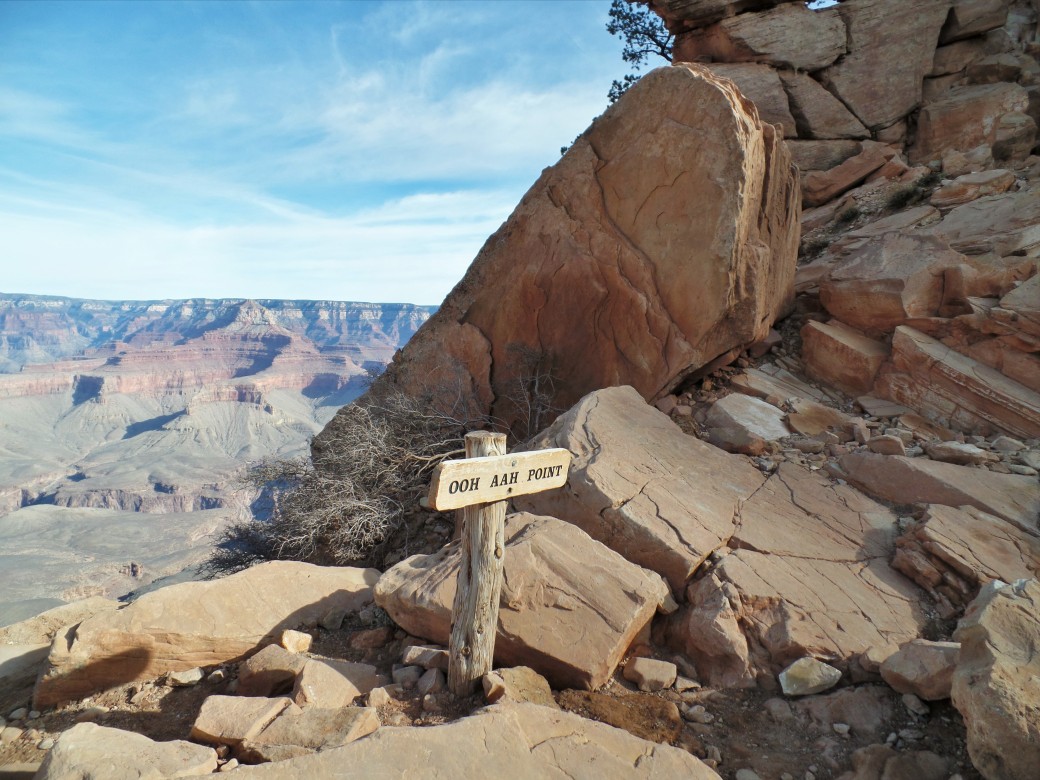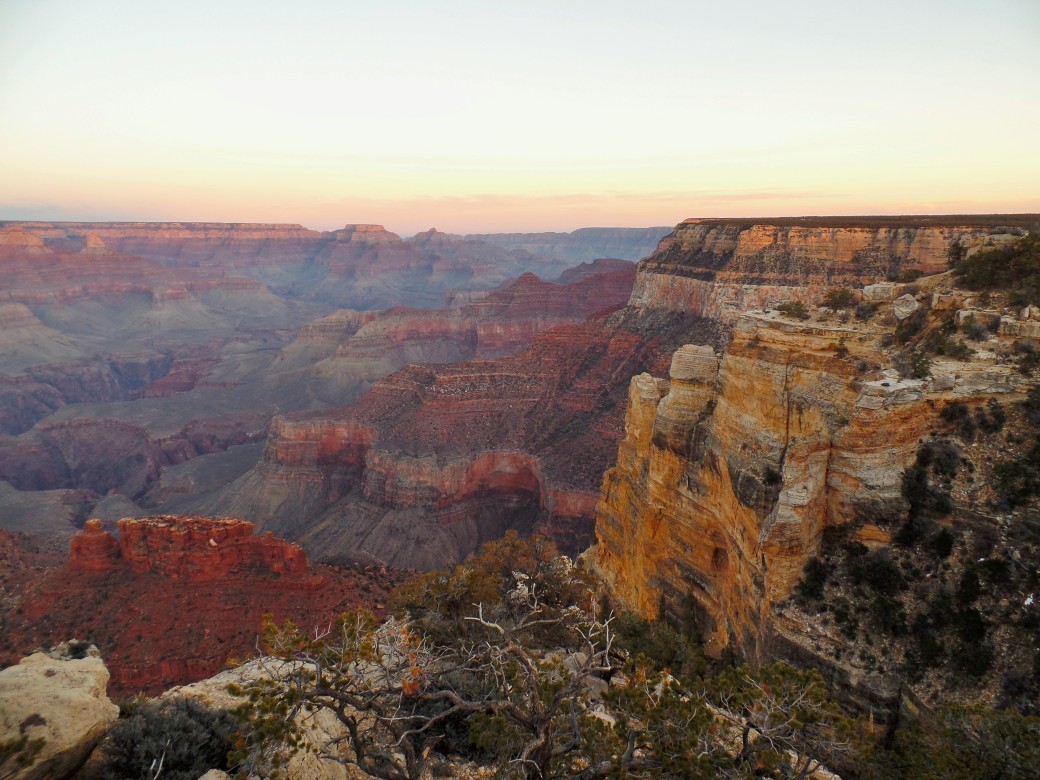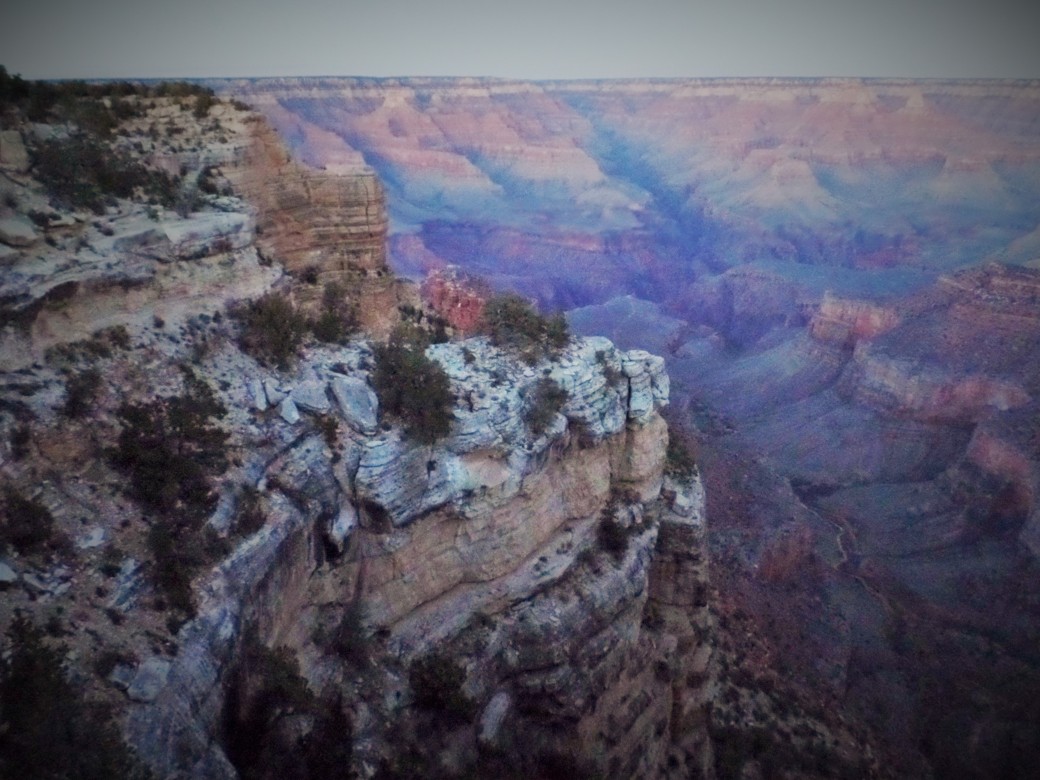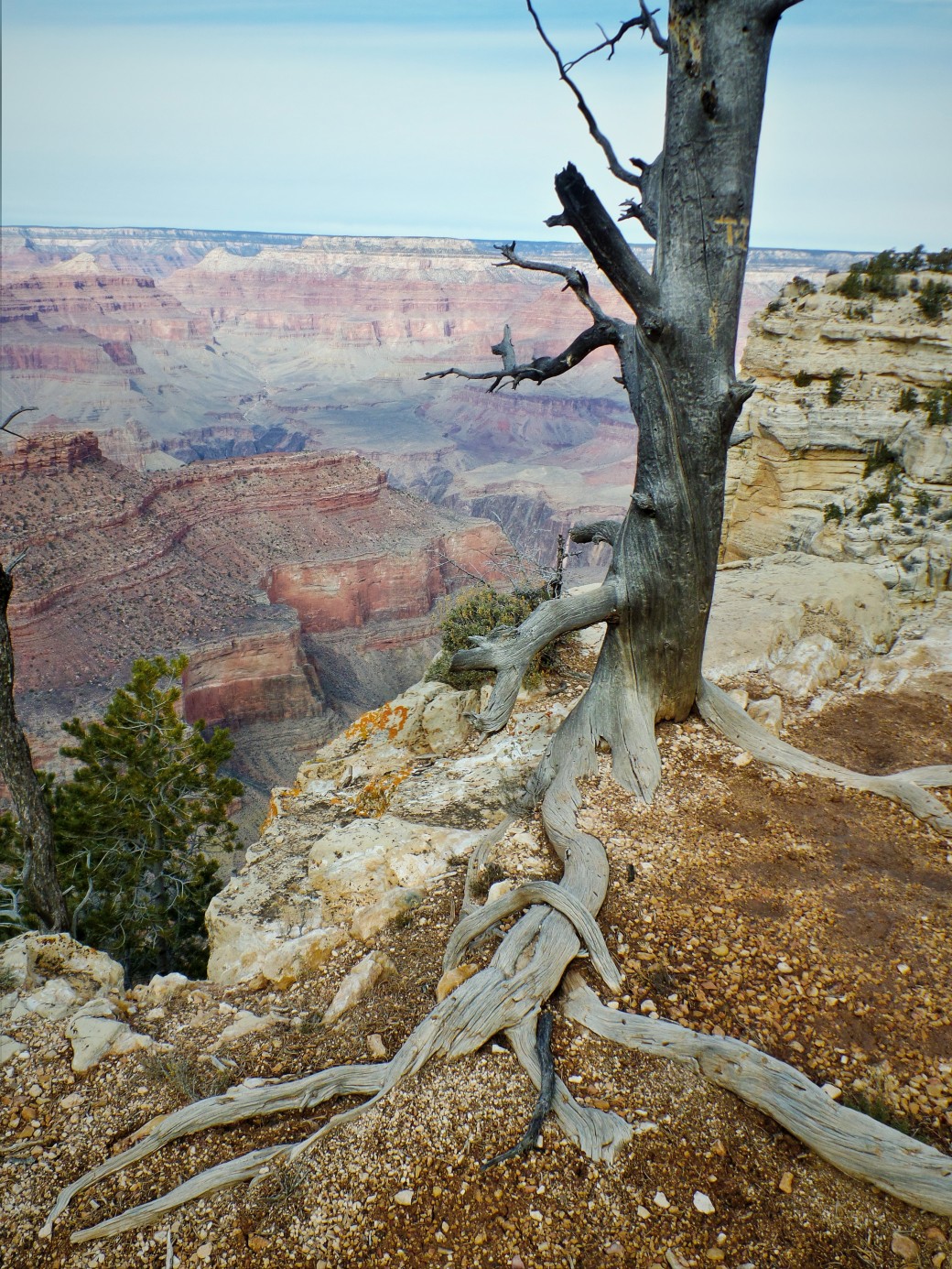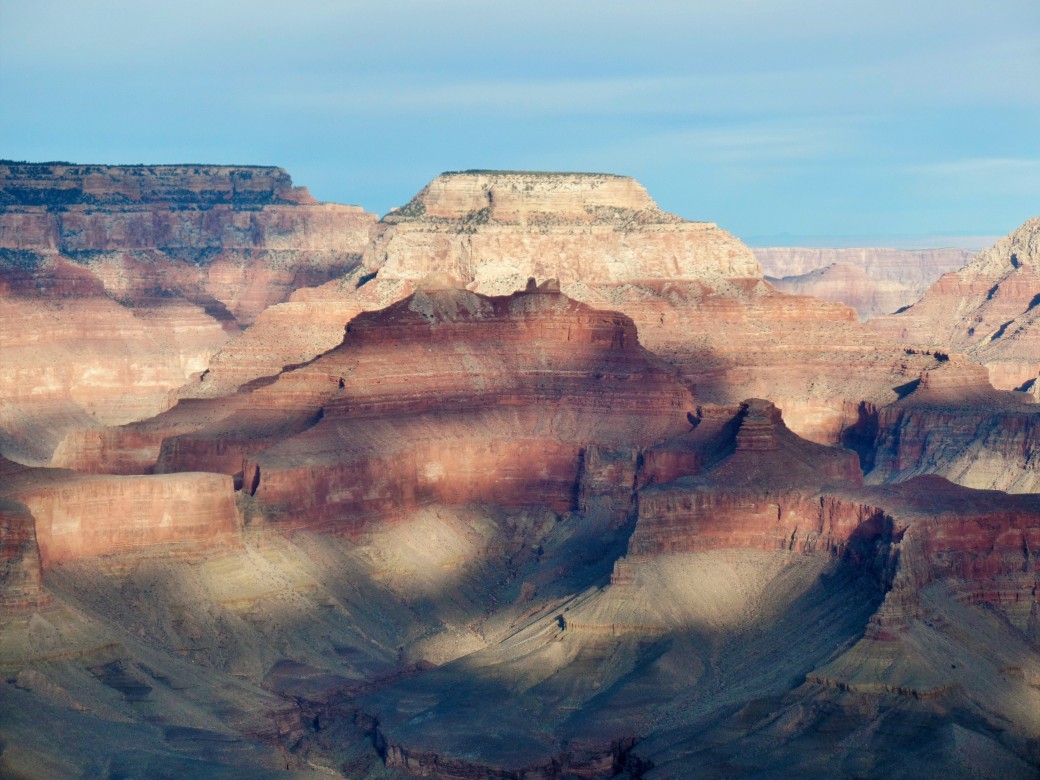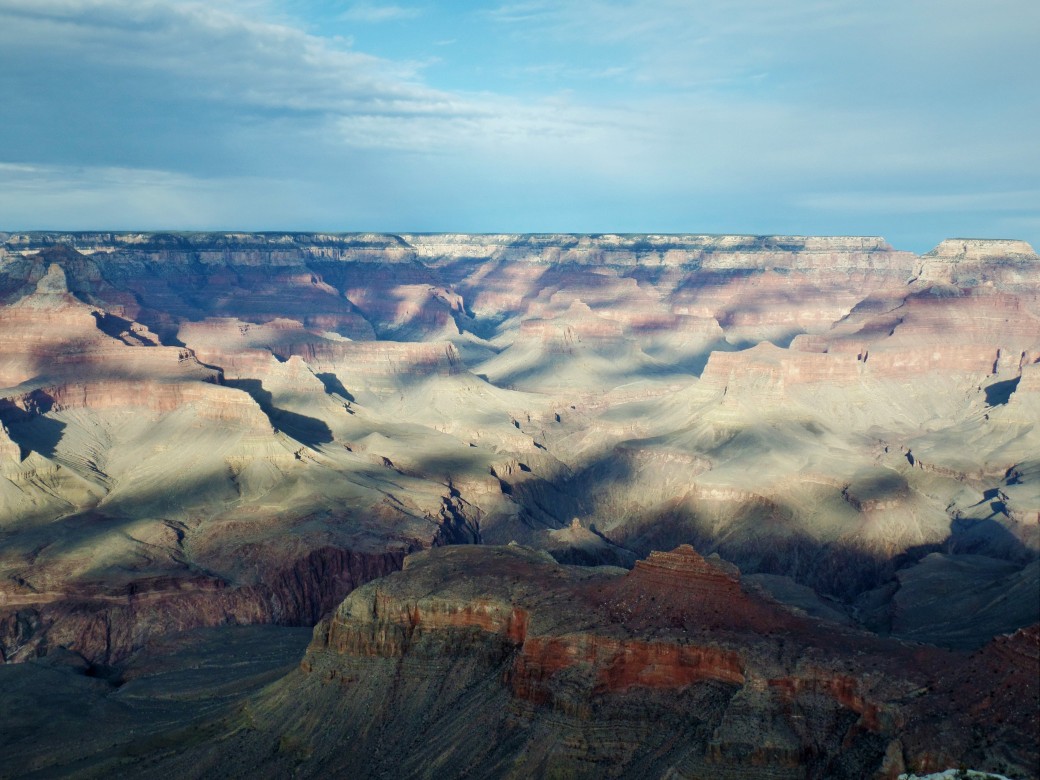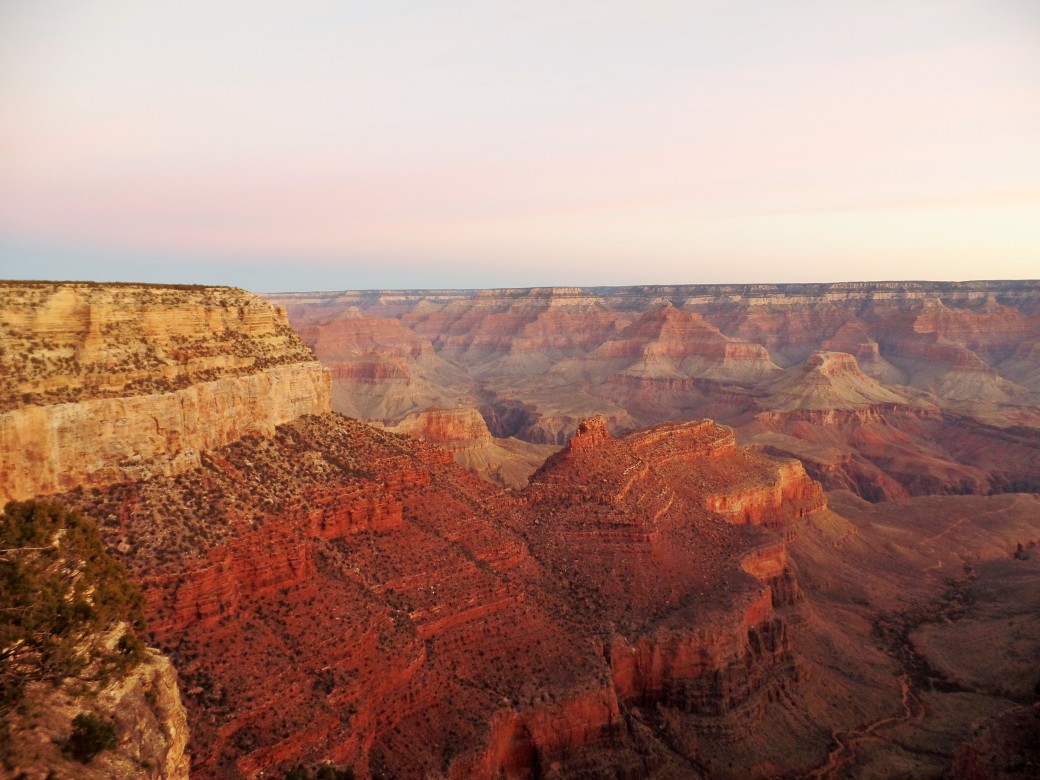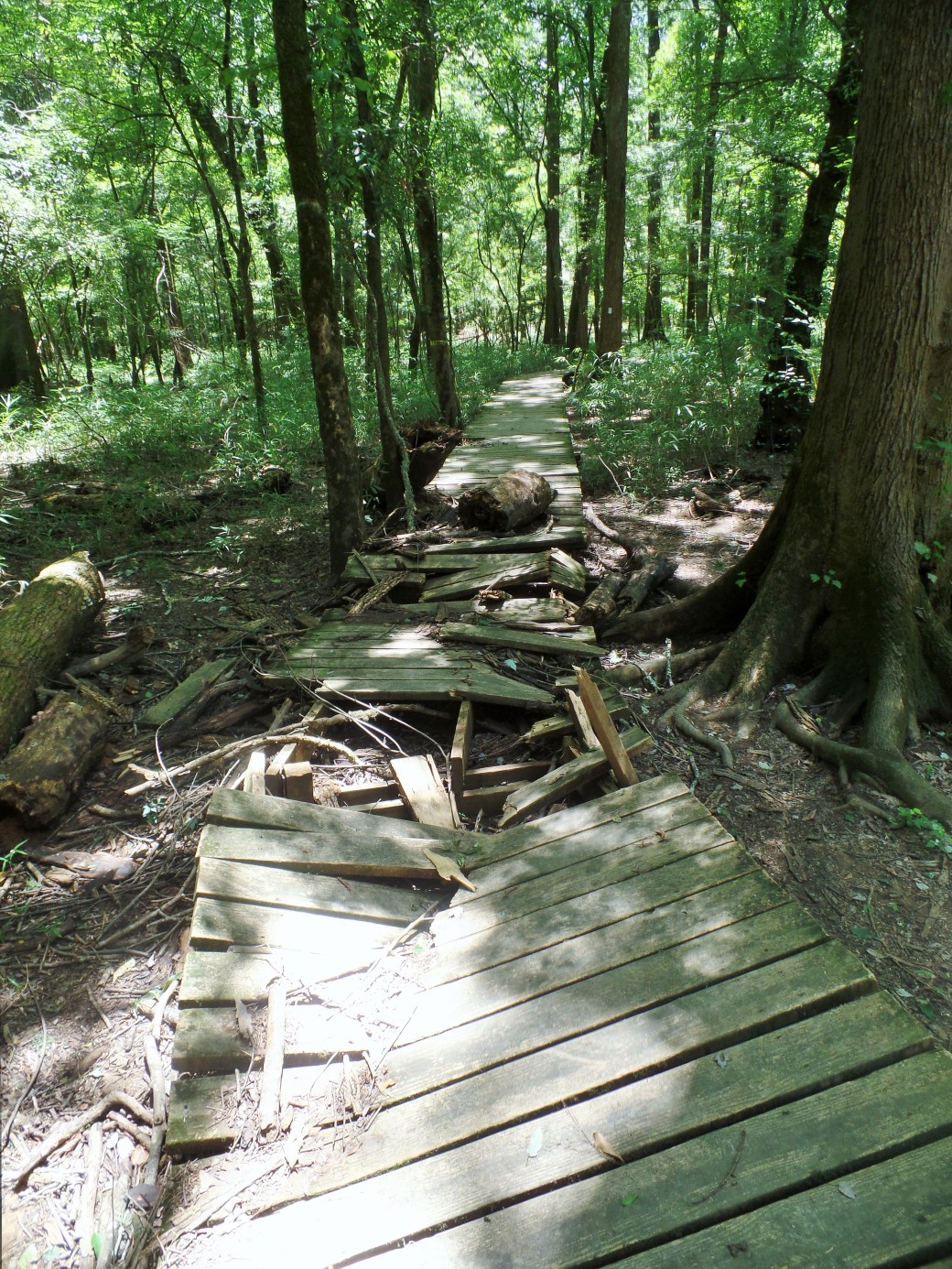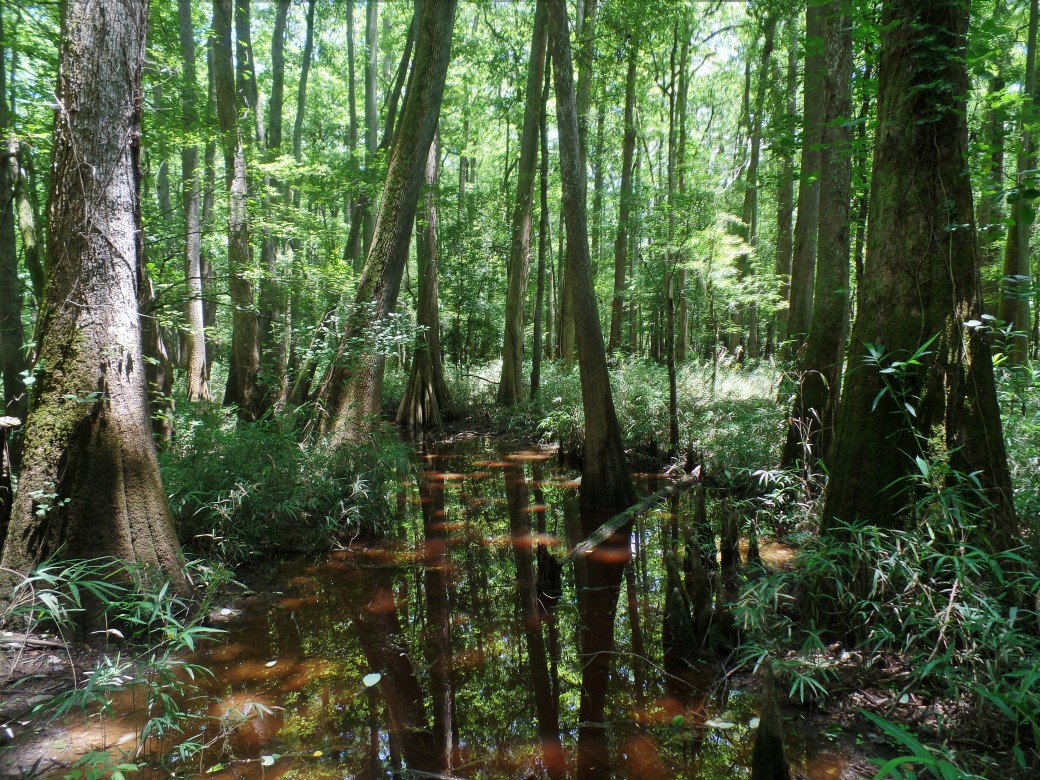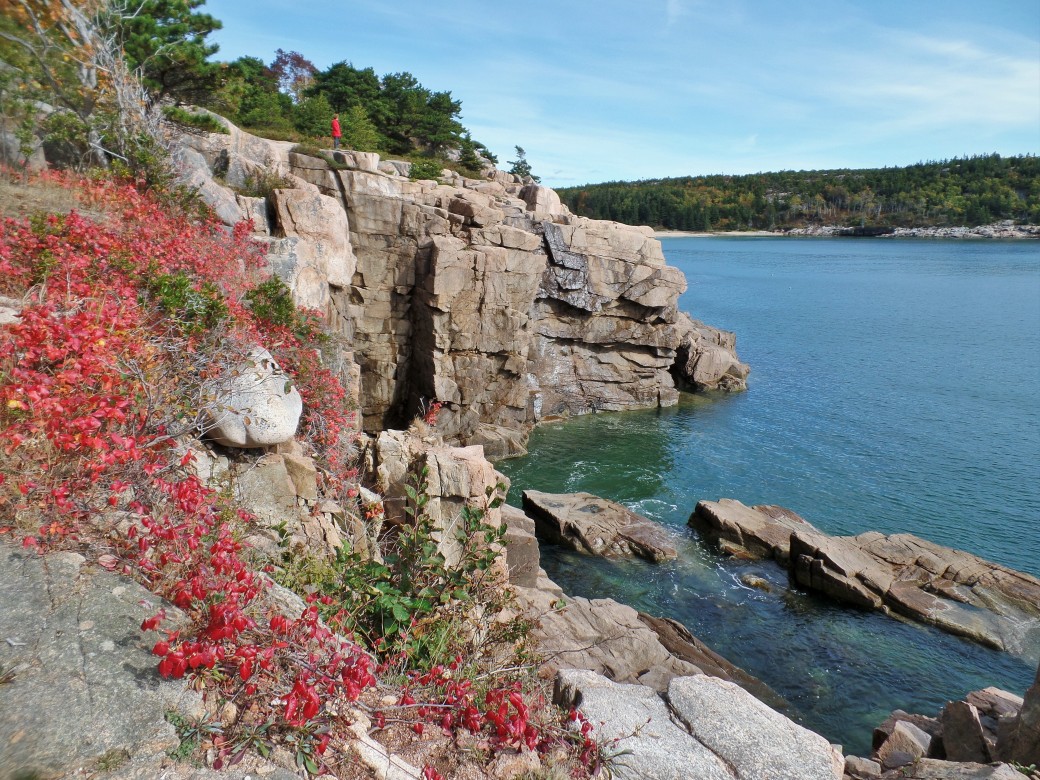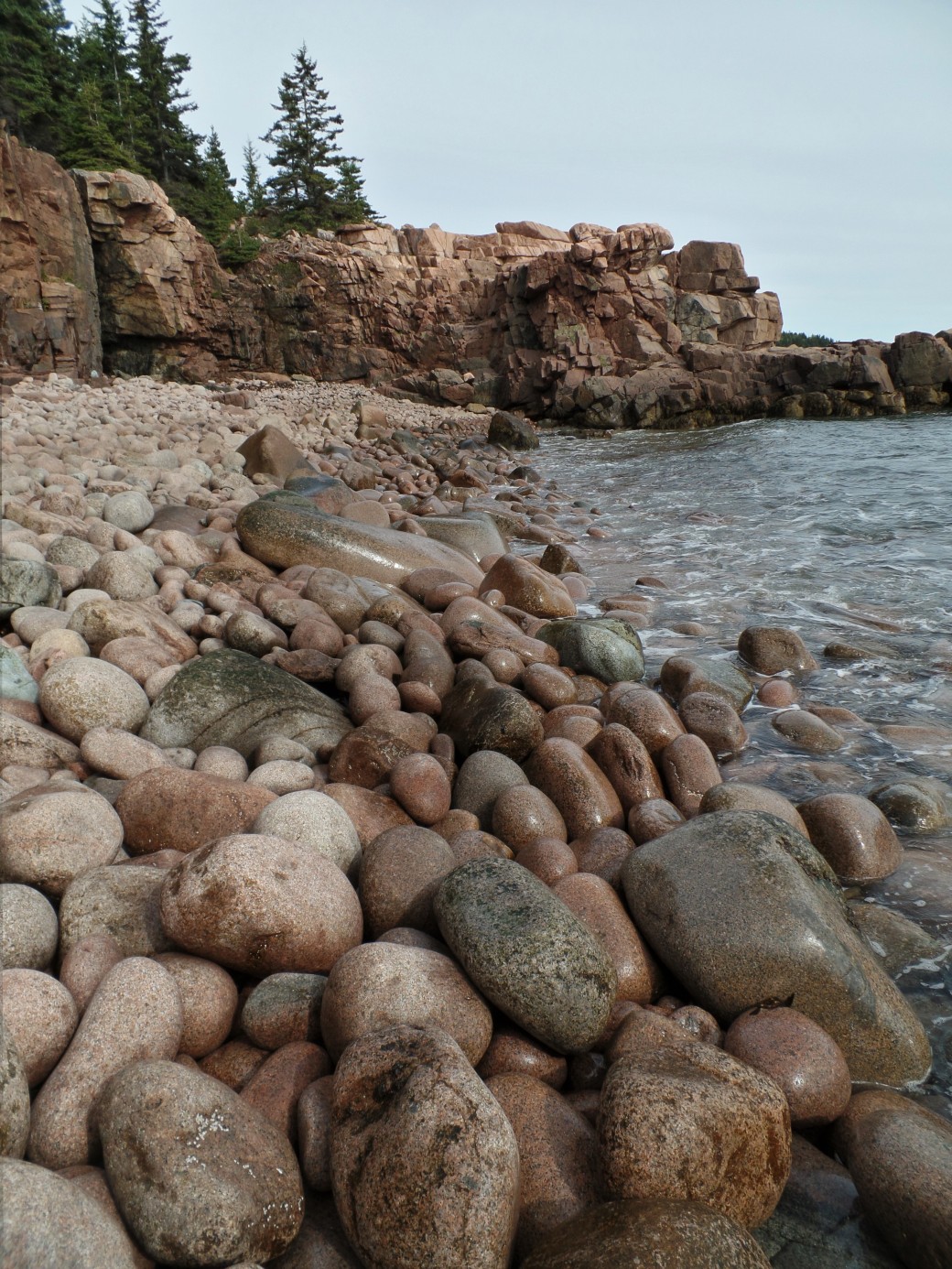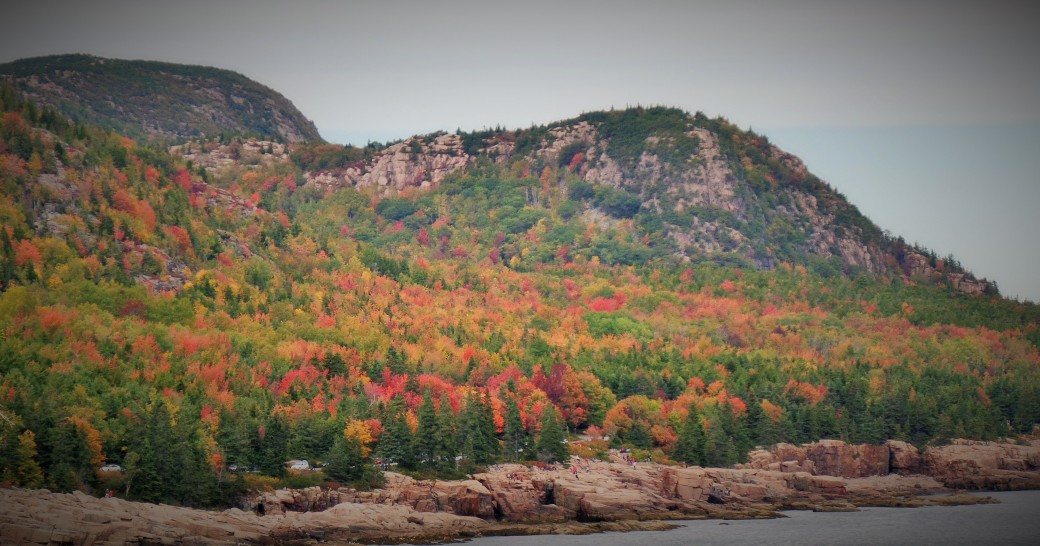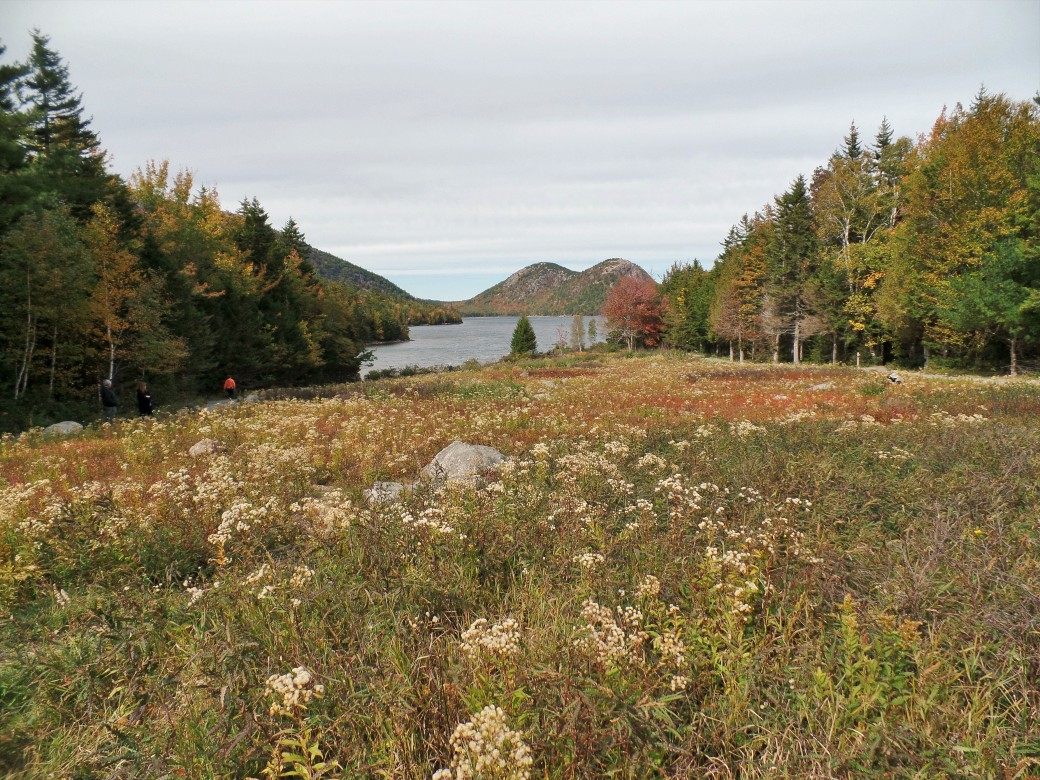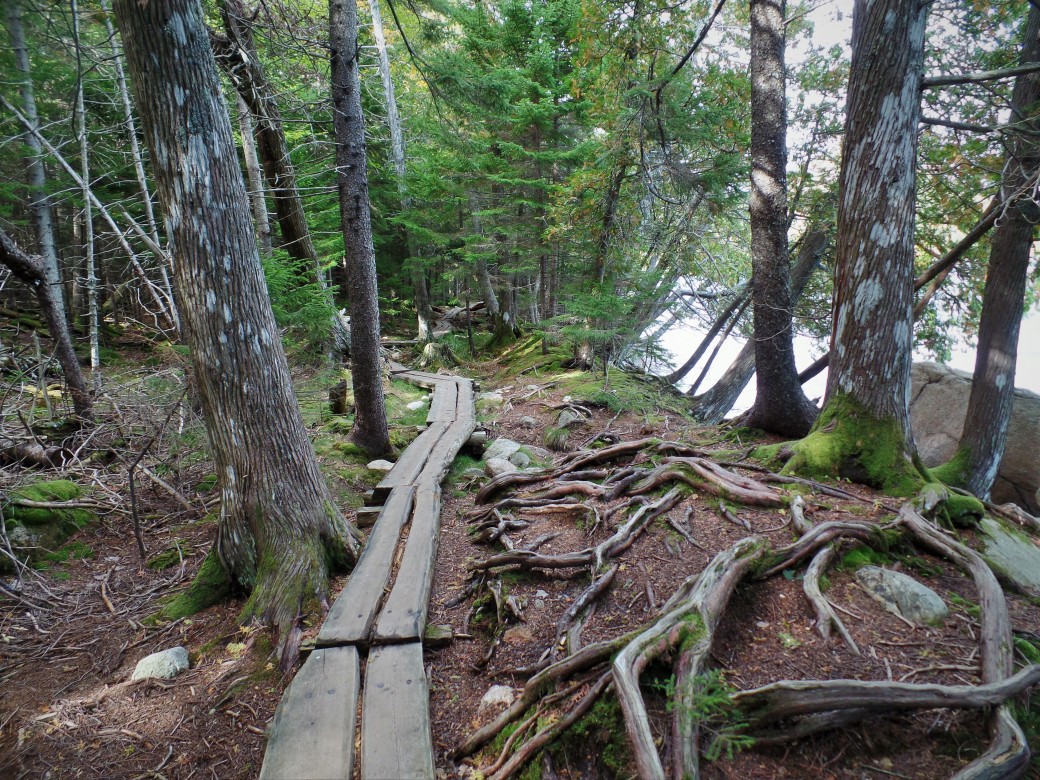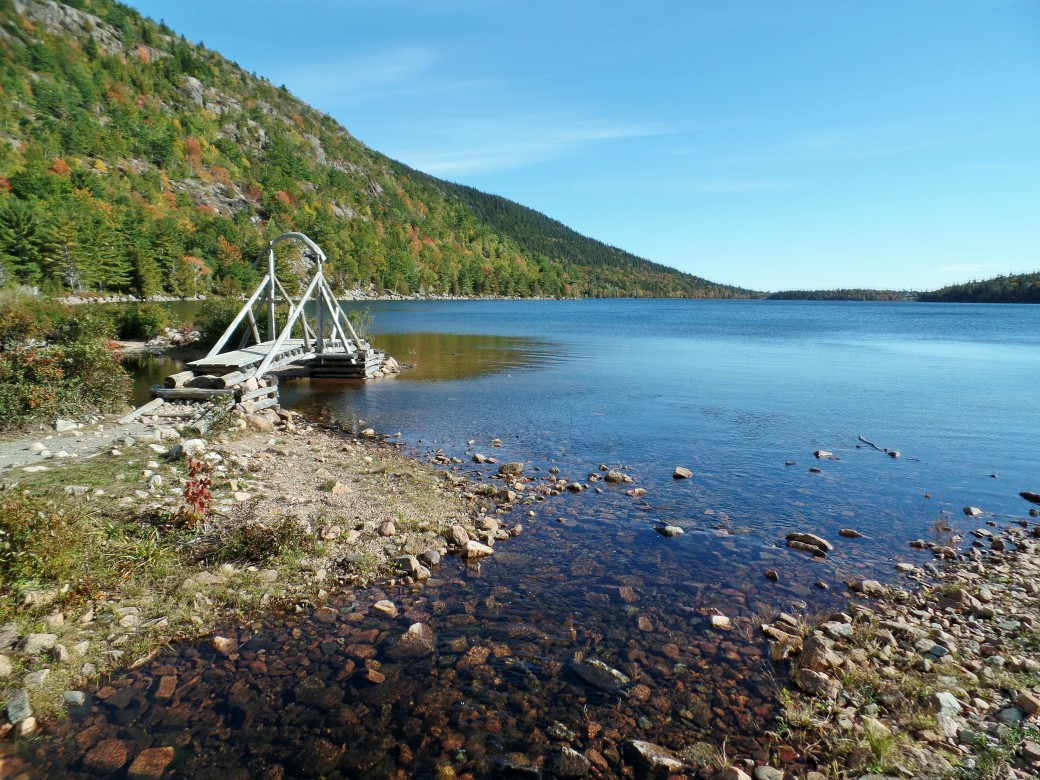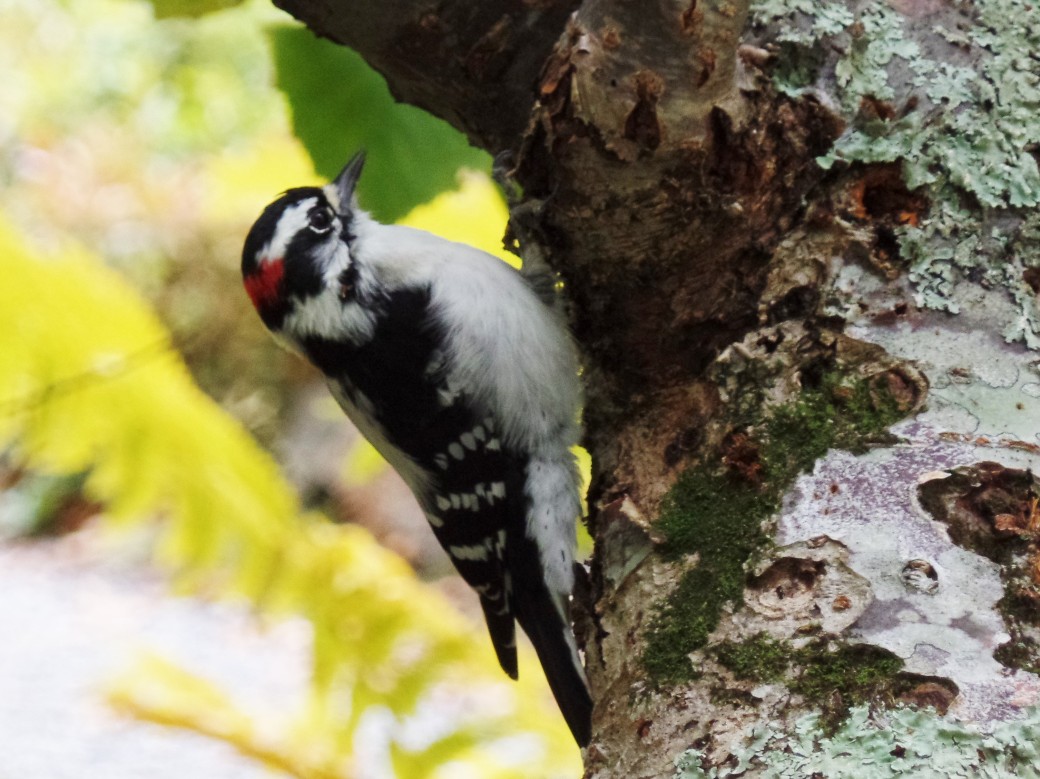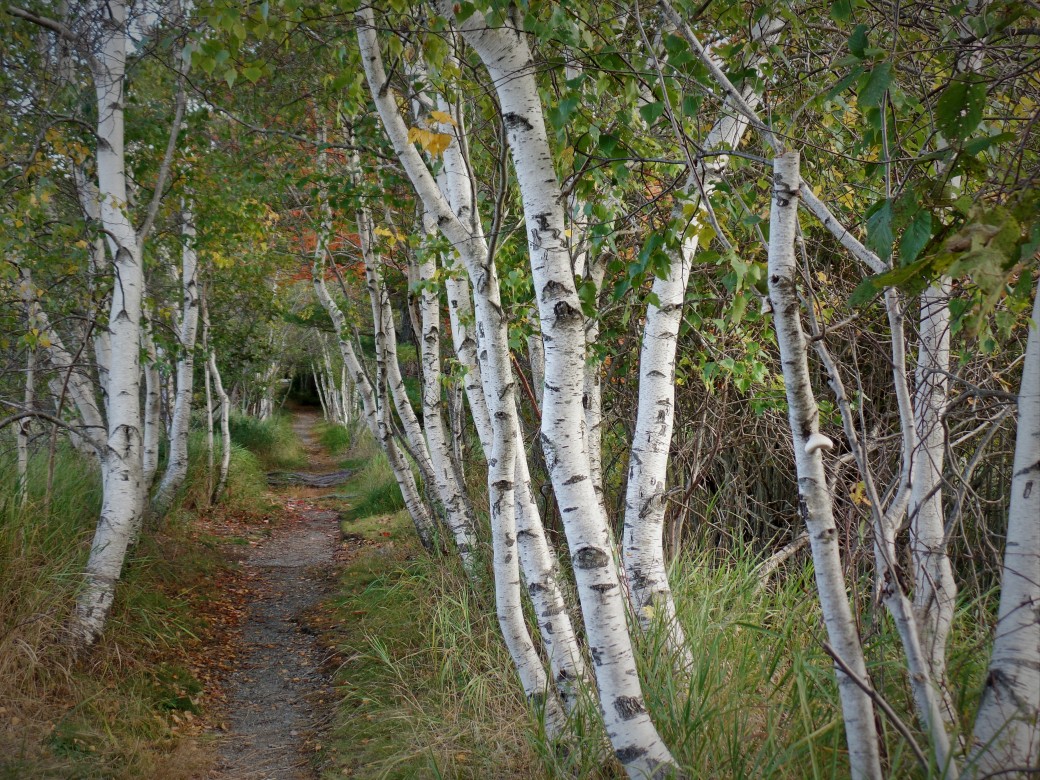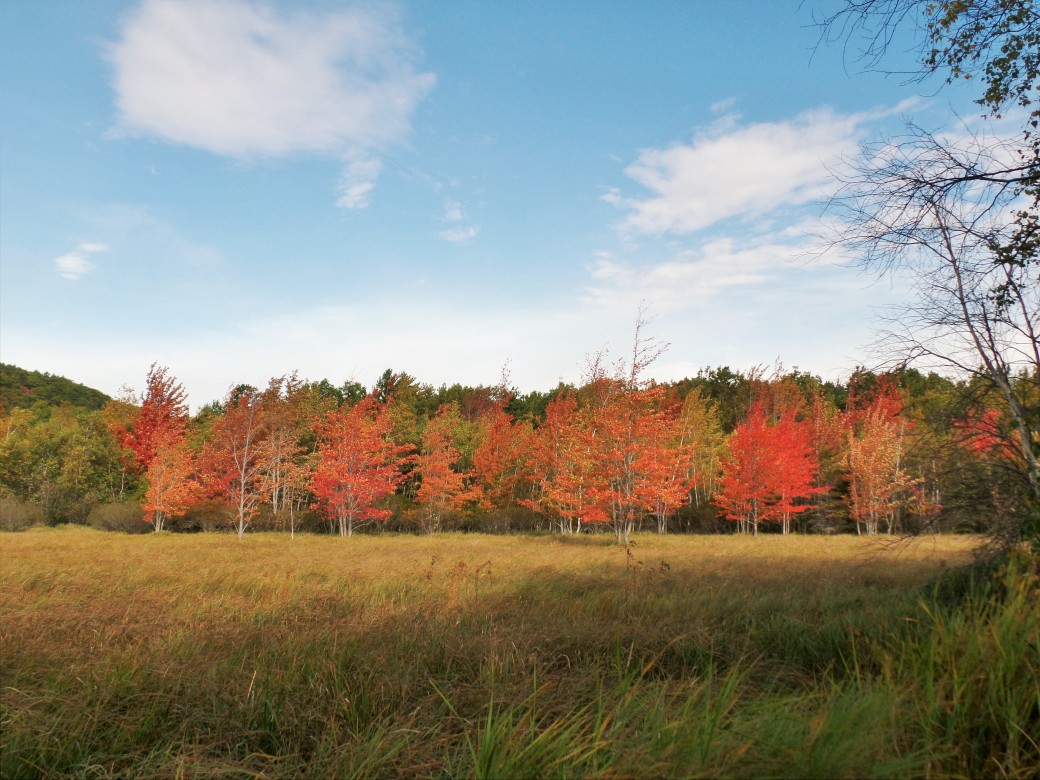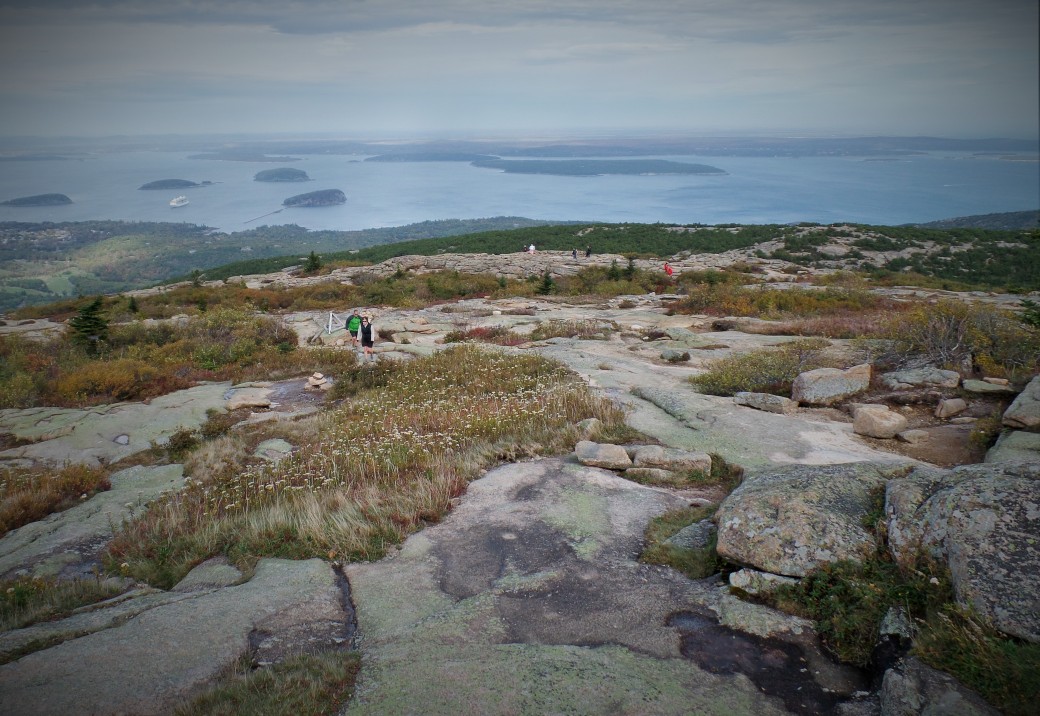Crater Lake was formed after the collapse of the top of the volcano Mount Mazama, when water filled the new caldera. It is one of the oldest U.S. national parks, and regularly ranks on lists of the most beautiful lakes in the world, if not taking the top spot. It’s also the deepest lake in the U.S.! While it takes a few shuttle transfers, it’s possible to get here car free, and even tie it into a car-free trip to nearby Redwood National Park in California.
1. Fly/Amtrak/Bus to Medford, OR
Medford has an airport, but flights here tend to be expensive since it is a smaller one. If your budget is tight, Medford is also served by Amtrak and Greyhound, and you can fly into a larger airport like Portland and transfer, or just take the train or bus from your starting point.
2. Amtrak or Shuttle to Klamath Falls, OR.
While Amtrak serves Klamath Falls, the closest city to the park, they only operate one train per day. If that doesn’t work with your schedule, you can also check the SW Point shuttle website, as they offer daily bus service from Medford (including a stop at the Medford Amtrak station) and other Oregon towns to Klamath Falls. The bus also stops in Crescent City, CA, making it possible to tie a trip to Crater Lake with a trip to Redwood National Park in Northern California!
3. Shuttle from Klamath Falls to Crater Lake
It’s roughly 45 miles from Klamath Falls to Crater Lake National Park. The same company that operates the SW Point bus also operates the Crater Lake Trolley. In the summer (July 4-Labor Day) they offer daily shuttle service to Crater Lake from Klamath Falls. While this may seem like a short season, for much of the rest of the year the Rim Drive around the lake is coated in a thick layer of snow. If you don’t want to stay overnight at Crater Lake, given the limited and expensive lodging options, the company offers a two-hour tour around the Crater Lake rim, after which you can return on the shuttle to Klamath Falls.
While the company says it is possible to book your entire transport to Crater Lake through Amtrak, as they partner with Amtrak to provide shuttle service, and the Amtrak website does list a “Crater Lake” stop, I could not make it come up with any available dates when I tried. You’ll be better off just calling or emailing the shuttle company and asking their help on booking train and shuttle times that work well together.
4. Stay at Crater Lake Lodge
The Crater Lake Lodge is your only choice for car-free lodging inside the park. While very convenient as it’s right on the lake rim, it’s also pretty expensive ($180/night for a “value” room), and fills up quickly, so book early if you’re planning on staying there. There is also a campground with slightly cheaper cabins in the park, but at 7 miles from the rim this is not the best location for car-free travel, even if you could get the shuttle to drop you there. For budget travelers, a better option may be to stay in Klamath Falls and take the shuttle in and out every day.
5. Hiking in the park
From the Rim Village where the Lodge is located, you can hike the Pacific Coast National Scenic Trail partly around the rim. There are also a few ranger-led hikes that leave from the village. A guide to the trails can be found here.
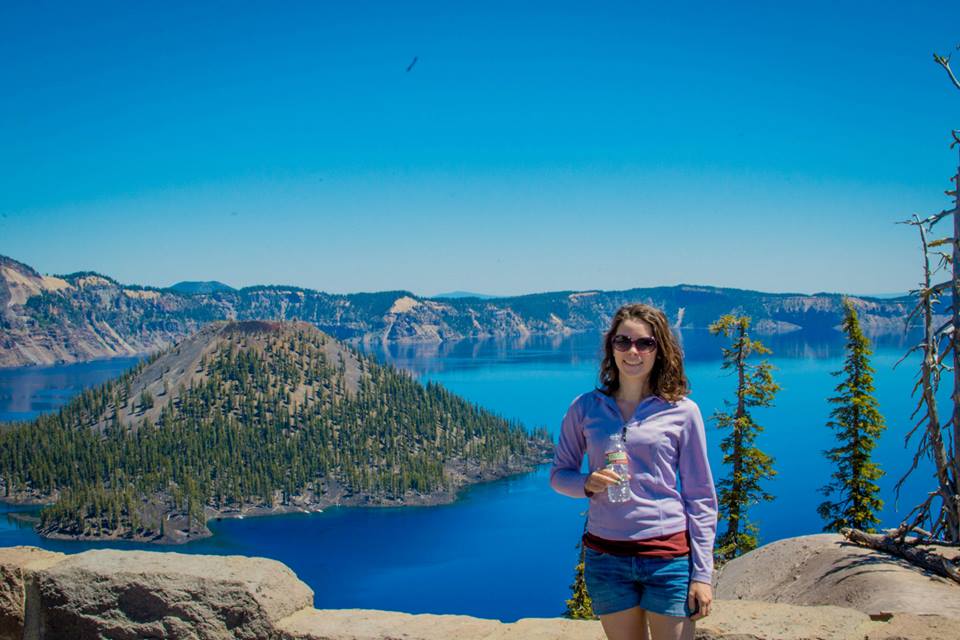
Enjoying the view from the rim of Crater Lake!
